Pets and The Solar Eclipse: Safeguarding Your Animals During Astronomical Events
A solar eclipse is a fascinating natural phenomenon where the moon passes between the sun and the Earth, casting a shadow over our planet and temporarily dimming the day. As a pet owner, you might wonder how this celestial event affects your furry companions. While eclipses are generally safe for pets, their behavior could be influenced by the sudden change from day to night during a total solar eclipse.
Animals, including pets, may respond to the environmental changes occurring during an eclipse, possibly exhibiting confusion or altered behavior as daylight shifts to darkness and back again. Unlike wildlife that might display significant behavioral changes, domesticated pets like dogs and cats are less likely to show stress or anxiety due to an eclipse. However, it’s important to be mindful and observe your pet’s behavior, offering comfort if they seem distressed.
As the next solar eclipse approaches, your approach to pet care should include ensuring their safety and comfort. It’s crucial to keep them indoors or on a leash during the event to prevent them from staring directly at the sun, which can be harmful. Even though pets are less likely to look at the sun, protection is a priority. By observing their behavior and keeping them secure, you and your pets can safely experience the wonder of a solar eclipse together.
Understanding Solar Eclipses and Their Phases
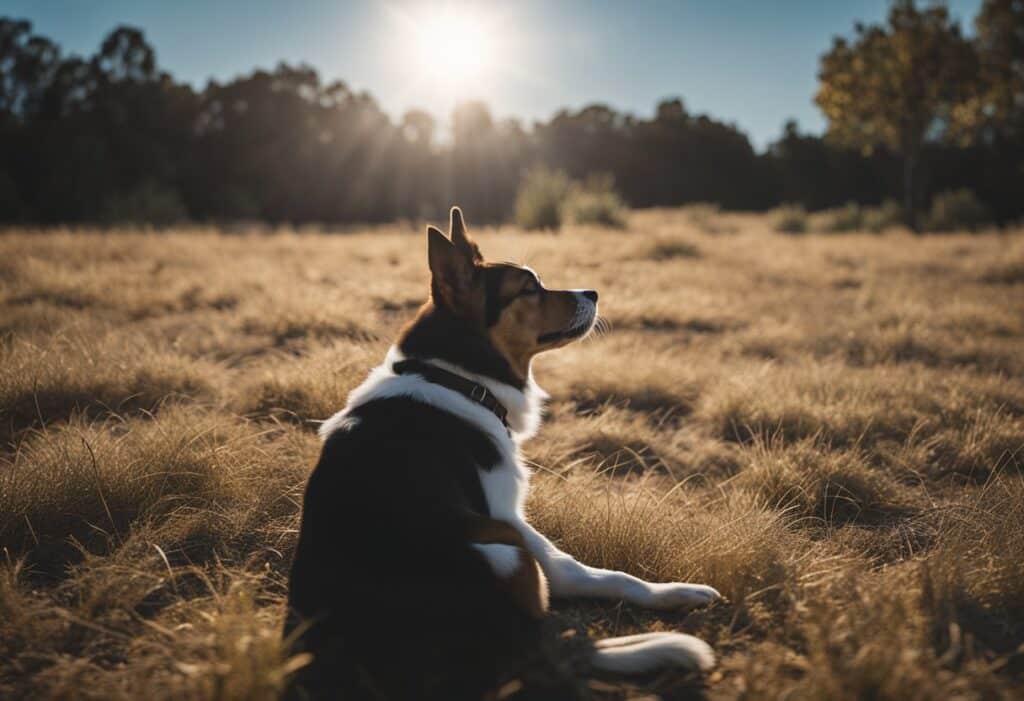
A solar eclipse occurs when the moon moves between you and the sun, casting a shadow over Earth and temporarily blocking your view of the sun. There are various phases in a total solar eclipse, each providing a unique perspective.
The Path of the Eclipse
The path of a solar eclipse is the track that the moon’s shadow follows across Earth. For the upcoming solar eclipse on April 8, 2024, the path of totality will pass through 13 states including:
- Texas
- Oklahoma
- Arkansas
- Missouri
- Illinois
- Kentucky
- Indiana
- Ohio
- Pennsylvania
- New York
- Vermont
- New Hampshire
- Maine
. If you’re within this path, you’ll have the opportunity to witness totality, where the moon completely covers the sun.
Phases of a Total Solar Eclipse
During a total solar eclipse, four distinct phases occur:
- Partial Eclipse Begins: The moon makes its first contact with the sun, gradually covering its disk.
- Total Eclipse Begins: Starting from the second contact, totality occurs as the moon entirely obscures the sun and the daytime briefly turns to twilight.
- Total Eclipse Ends: The third contact marks the cessation of totality; the moon starts to uncover the sun.
- Partial Eclipse Ends: The moon’s shadow leaves the sun’s disk during the fourth contact, ending the eclipse.
The Role of the Sun and Moon
In a solar eclipse, the sun and the moon play critical roles. The sun serves as the light source and the moon acts as an obscuring body. The alignment of these two celestial bodies during a solar eclipse must be precise for totality to occur. Remember, the upcoming solar eclipse on April 8, 2024, will rely on the exact positioning of the sun behind the moon as viewed from certain areas on Earth.
Effects of Eclipses on Pet Behavior and Environment
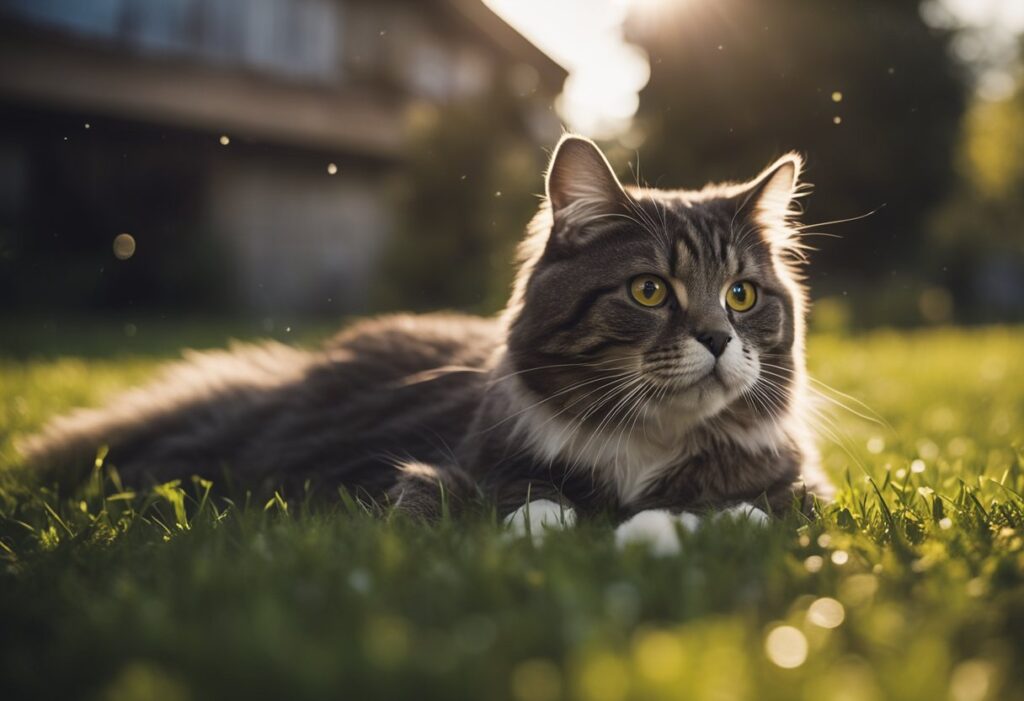
The solar eclipse brings a temporary change in natural light levels that can significantly affect animals’ behavior, both domestic and wild. Understanding these effects can help you ensure the well-being of your pets during such events.
Pets’ Response to the Changing Light
Pets, particularly cats and dogs, may react to the eclipse as they would to the onset of night. Anxiety and stress can result from the sudden darkness and return to light, as pets are accustomed to a regular light cycle. For example, you might notice your dog becoming more anxious or your cat displaying unusual behavior like hiding or seeking shelter. It’s important to note, as Snopes details, that while wildlife and livestock may show more apparent behavior changes, pets often do not show significant stress.
Environmental Impact on Animals
Solar eclipses also create temporary but dramatic changes in the environment that can influence animal behavior. Large animals and wildlife may exhibit behaviors akin to those displayed at twilight. For instance, some may start their evening routines, such as feeding or playing, during the eclipse due to the deceiving environmental cues of darkness.
Caring for Pets During an Eclipse
To minimize stress and anxiety in your pets during an eclipse, it is best to keep them inside. Create a calm environment by drawing the curtains and maintaining a quiet space. Maintain their usual routine as much as possible, providing regular feeding and reassurance. As a precaution, TIME suggests keeping pets indoors can prevent any unnecessary stress and keep them from looking directly at the eclipse, which is harmful to their eyes just as it is for humans.
Safety and Precautions for Pets
When a solar eclipse occurs, pet owners need to consider both the physical and emotional well-being of their pets. Taking specific safety precautions can prevent eye damage and minimize stress caused by the unusual event.
Protecting Pets’ Eyes
Your pets’ eyes are just as susceptible to eye damage from staring directly at the sun as yours. Although pets are less likely to look directly at the sun, it is still vital to protect them. If you plan on viewing the eclipse with your pets, using canine-sized eyewear specifically made for solar events is essential to prevent any chance of eye damage. Never use human viewing glasses on pets, as they may not provide adequate protection or fit correctly.
Minimizing Stress and Anxiety
The eclipse can cause unusual patterns of light and darkness, potentially leading to confusion and anxiety in pets. To maintain their comfort, keep pets indoors in a familiar environment during the eclipse. Routines play a key role in minimizing stress for animals, so try to stick to your regular schedule as much as possible. If you notice signs of distress, such as excessive barking or hiding, create a calming environment with their favorite toys and bedding.
General Safety Tips for Pet Owners
- Safety Considerations: Keep your pets on a leash if you must go outdoors during the eclipse to prevent them from running off due to unexpected commotion.
- Veterinarian Advice: Consult your veterinarian for specific advice on how to best care for your pets during this time and follow any instructions they provide.
- Viewing Safety: If you decide to experience the eclipse outside with your pets, ensure they are secure and away from direct exposure to the eclipse to prevent the danger associated with accidental direct viewing.
Post-Eclipse Pet Care and Observations
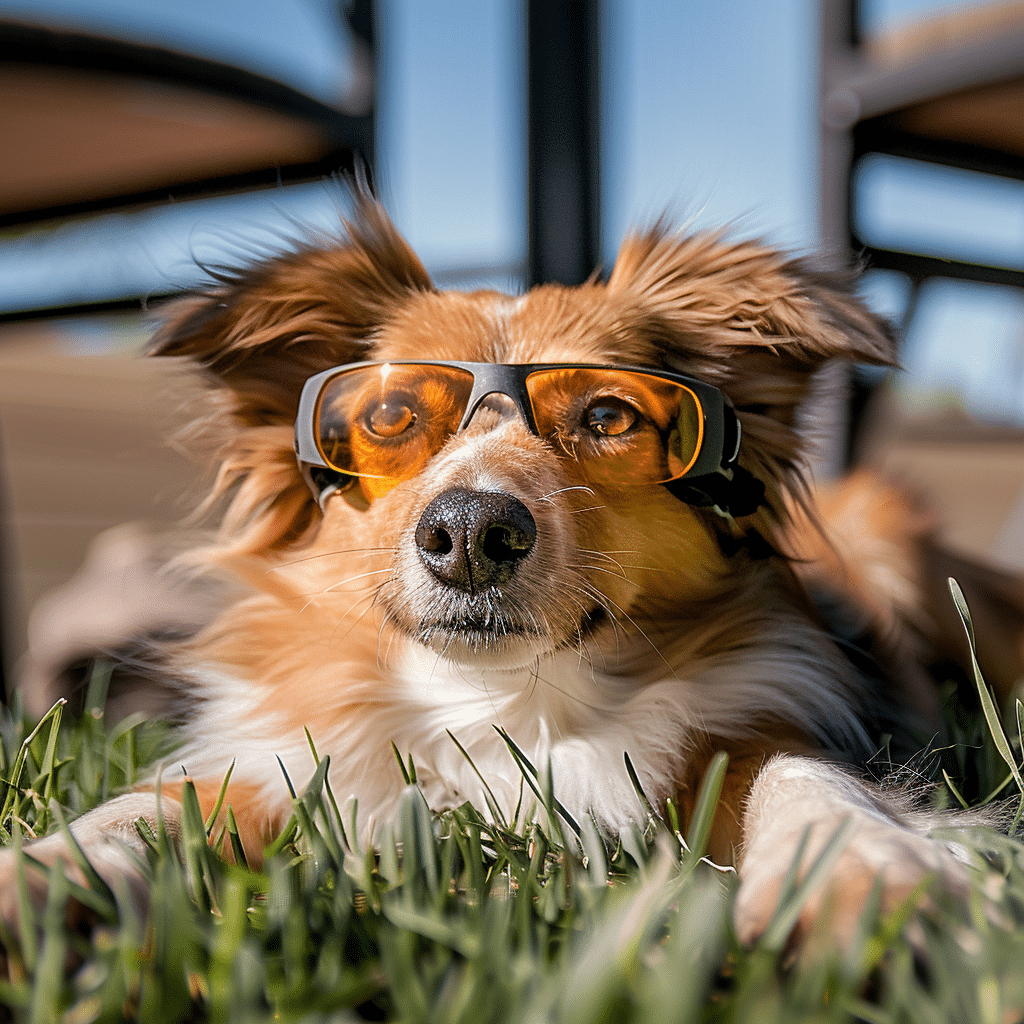
After the solar eclipse, it’s important to focus on your pet’s needs to ensure they recover from any stress experienced during the event. By taking the right steps, you can help reestablish their routine and monitor their behavior for signs of distress.
Re-establishing Routines After the Eclipse
Eclipses can disrupt your pet’s internal clocks and conditioned responses to light cues, leading to confusion. Once the event is over, reinstate their evening routines immediately—this might include feeding, walking, or rest times. Your pets rely on these routines for their sense of security and well-being.
Monitoring for Any Post-Eclipse Stress
It’s crucial to observe your pets for signs of stress or anxiety following the eclipse. Indications like squinting, unusual resting behavior, or increased vocalization can suggest they are spooked or distressed. If you notice any erratic behaviors or signs of injury potentially caused by unfamiliar activity during the eclipse, consider consulting your vet.
Studies on Pet Behavior During Eclipses
Although studies focusing on pet behavior during eclipses are sparse, anecdotes from events such as the April 8 total solar eclipse hint at the possibility of unusual behaviors due to the once-in-a-lifetime event. Loud noises and flashes of light, common during public viewing parties, can startle pets. After the eclipse, it’s wise to continue taking precautions against hazards that could cause injuries, keeping your furry friends safe from the aftermath of such a unique experience.
Frequently Asked Questions About Pets and The Solar Eclipse
In this section, we address common concerns about pets and solar eclipses, providing clear guidance for your pet’s safety and well-being during this celestial event.
Do pets need special glasses to watch a solar eclipse?
No, pets typically do not look directly at the sun, so special glasses are not necessary. However, it is still best to keep them indoors during the eclipse to avoid any risks.
How should I care for my pets during a solar eclipse?
Ensuring your pets are safe and comfortable indoors during a solar eclipse is the best approach. This prevents them from becoming disoriented or startled by the event.
What reactions can I expect from my cat during a solar eclipse?
Cats may become confused or anxious as the sky darkens, so keep them inside and provide a familiar and cozy environment.
Are dogs at risk of eye damage during a solar eclipse?
While there is no direct evidence suggesting dogs are at risk, they could potentially suffer eye damage if they look directly at the sun. Supervision is recommended.
Can a solar eclipse have a behavioral impact on horses?
Horses may experience increased stress or confusion due to the sudden change in light. It’s a good practice to stable them or cover their eyes during the eclipse.
Are there any precautionary measures to take for pets before a solar eclipse?
Prior to a solar eclipse, create a safe space for your pets indoors and ensure they have all essentials readily available. Familiar toys and blankets can help soothe any anxiety.
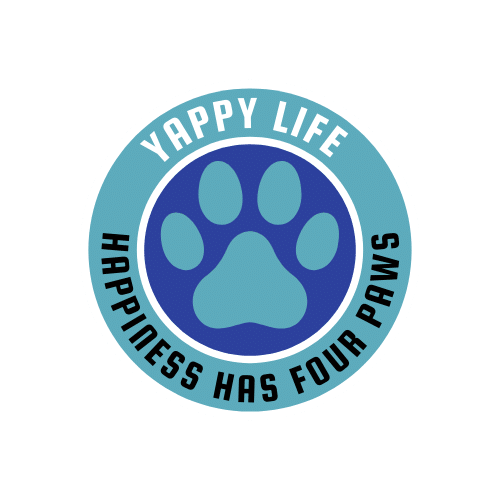
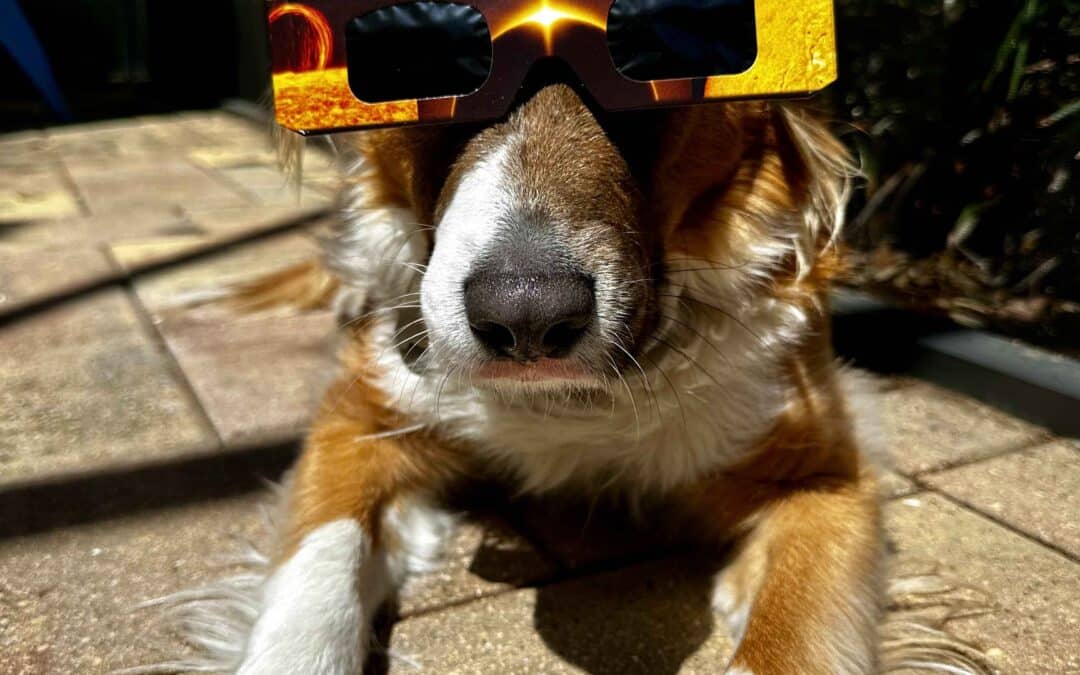
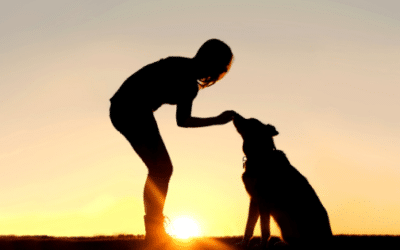


Recent Comments